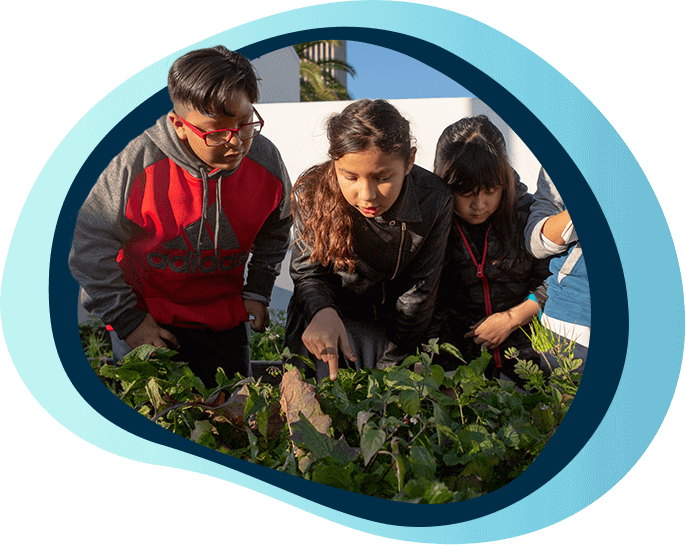Schools must be designed for learning.
Children spend a minimum of 14,040 hours in school between the ages of 5 and 18, assuming a six-hour school day for 180 days per year. Psychologist Lev Vygotsky wrote that “Children grow into the intellectual life of those around them.” Thus, the “intellectual life” of school – whatever that is – is what children will grow into.
Though changes in our communities have escalated the urgency for schools to meet human needs, the core design of schools has not changed. This mismatch is seen in plummeting teacher satisfaction, record teacher attrition, rapidly diminishing enrollments in teacher preparation. It also has an impact on student mental health - study after study illuminates indicators of low student engagement, purposelessness and disconnection. And it has impacted long-term success indicators most especially for students of color and students coming from low-income households.
In our quest to ensure schools are yielding “results” (test scores), we may have inadvertently squeezed out intellectual life in many schools where Goodhart’s Law prevails. Goodhart’s Law is the phenomenon where the measure becomes the target. Test scores were never supposed to be the point of school. They were merely a proxy for learning. Somewhere along the way, however, the two became synonymous. That test scores are interchangeable with learning has become an unvisited assumption. Instead of centering deep thinking and learning as the prevailing activity among adults and students alike, the tests themselves - in all their multiple uses including in grading schools, in teacher and leader evaluation, and in grouping students - have become the point.
What can leaders do more of - in schools, districts, and communities - to restore wonder, joy, meaning and connection in schools for every student and adult? How does a commitment to restore meaningful learning in school create a more equitable and human-friendly school environment?
These are the questions that GLISI’s campaign, Spark Connection & Learning, invites you to explore with us over the coming months through a suite of content briefs, practice profiles, and interactive events.
This is not the be-all end-all primer of essential leader practices. These are implementable leader actions that you can practice and invite others to see and help refine. We want to combat the emerging taboo of saying “equity” as though that is a bad thing. When we talk about leading schools for equity we mean leading so that schools see and serve all the humans who work and learn there well.
What we believe deeply is that for meaningful student learning to take place, conditions must be present in schools for adults to learn and change.
We hear from business leaders that they want students to be excellent communicators. Are we excellent communicators? Employers want students with well-honed soft skills - the ability to reflect and be comfortable with uncertainty. Do we know how to reflect? Are we comfortable with uncertainty?
This series emerged from a year-long exploration, inviting voices of K-12 education practitioners in the trenches. Men. Women. Black. White. Experienced. Brand New. Elementary, Middle, High. From their reflections and experiences, along with insight from our team of staff and consultants, we distilled these leader actions.
These practices will not result in dramatically improved test scores overnight. But they are a necessary ingredient for shifting school culture to meet human needs today and those in the future. These practices lay the groundwork for reestablishing the foundation for the school as a fulcrum of connection and learning for students and families in communities. We can’t wait to share each practice, to highlight the leaders across sectors who are putting these practices in place in their work, and to invite you to the live conversations we will have each month to learn more together.

